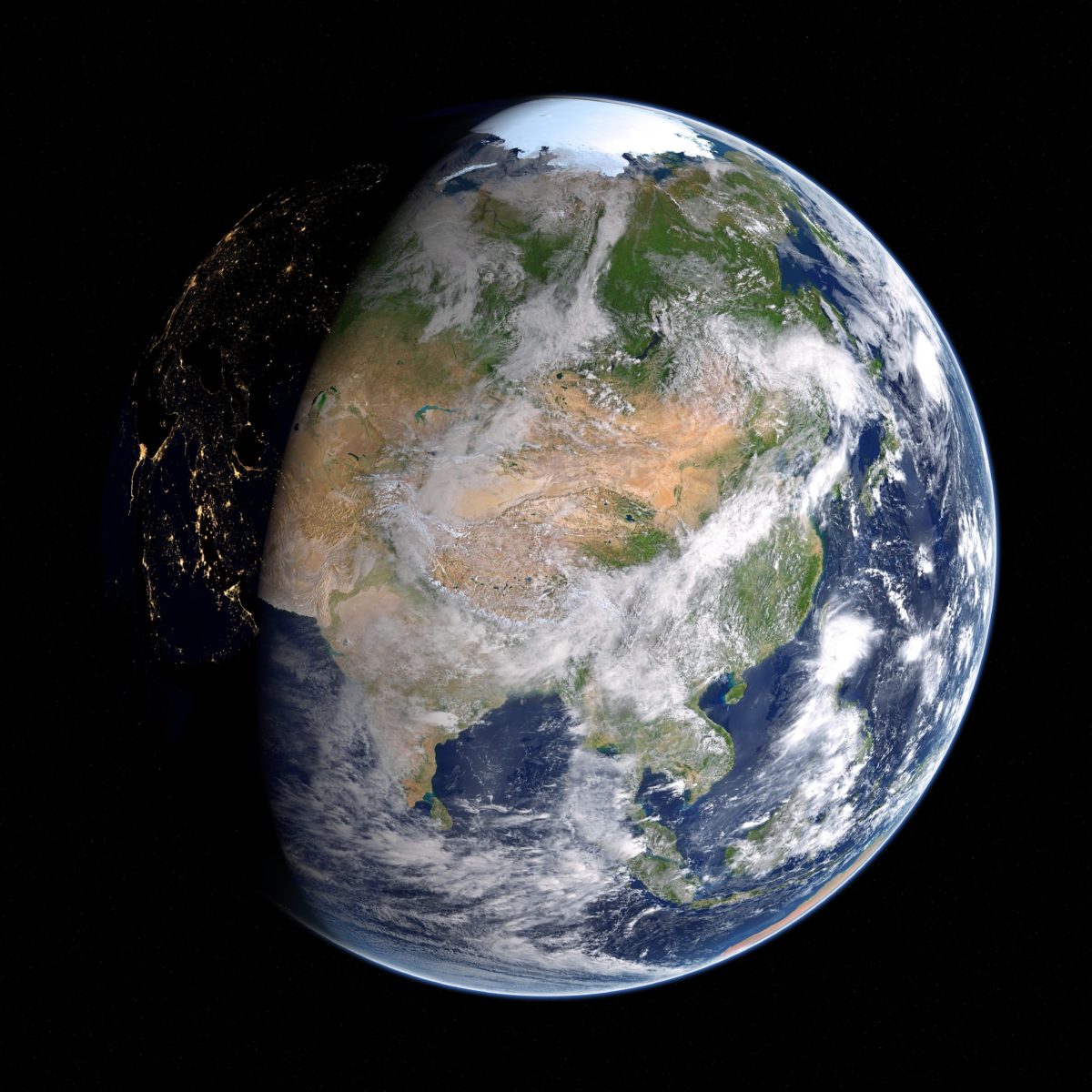Chinese mega infrastructure project the Belt and Road Initiative opens up tremendous solar potential across Asia, Africa, the Middle East and Europe as a significant proportion of the countries along the route boast some of the best solar irradiation conditions in the world and expect to see their electricity demand surge in the years ahead.
A group of researchers has examined the potential to develop solar in 66 of the 126 Belt and Road countries, in a study entitled The potential of Photovoltaics to Power the Belt and Road Initiative.
The researchers concluded the region boasts solar potential of 448.9 PWh – 41.3 times the electricity generated along the route three years ago. Tapping just 3.7% of that potential would see the nations in question deploy 7.8 TW of PV to satisfy the route’s projected electricity demand for 2030.
Such a transformation would require investment of $11.2 trillion, said the study’s authors. “The money is very large,” said co-author Michael McElroy, of Harvard University. “But if you make that commitment the energy is free. Plus, the cost of building solar farms is coming down very dramatically because of the technological advances. We project it to become similar to fossil fuels within a decade.”
Most extensive Belt and Road solar study
The researchers considered spatial and temporal parameters of solar energy production and estimated the chances of interconnection along the Belt and Road route. Possible PV sites were identified using satellite imagery and analyzed for their annual production potential. Despite the extensive amount of work that has gone into analyzing global solar potential, the report’s authors said it was the first time such in-depth research had been conducted into the Belt and Road route.
“Our model provides a comprehensive analysis of the region’s solar energy potential by taking into account many influencing factors,” said co-author Xi Lu, of Tsinghua University. “We also calculated the solar energy outputs on an hourly basis, which is more accurate than previous estimates that use monthly data.”
Popular content
The results showed a spatial disparity between solar generation potential and local consumption, as the countries endowed with 70.7% of the examined area’s generation potential consume only 30.1% of its electricity. That finding underscored the focus on developing interconnector capacity along the route.
Along the vast swathe of territory, the study identified potential for 207.7 PWh of solar generation capacity in western Asia. In east Asia, the researchers found a possibility of 122 PWh. Those two regions supplied 73.4% of the total Belt and Road solar potential, the researchers found, with Central and Eastern Europe offering figures of 4.7 and 1.5 PWh, respectively.
Big global carbon emitters
“This advantage coincides with the ‘facilities connectivity’ concept, which is one of the five cooperation priorities of the BRI [Belt and Road Initiative],” said lead author Shi Chen, also of Tsinghua University. “In the context of global energy interconnection, solar power generation is bound to usher in a new development opportunity in the wave of trans-national and even trans-regional power interconnection.”
Four Belt and Road countries – China, India, Iran and Saudi Arabia – are among the top 10 emitters of CO2 globally, currently generating 39.4% of the world’s emissions. However, the researchers wrote, the same nations offer around 53% of the solar PV potential of the Belt and Road route. If solar power could supply 30% of the electricity generated across those four states, the researchers said, 7.2% of the world’s carbon emissions would vanish.
“The solar potential and cooperation opportunities revealed in this analysis is a chance for the BRI countries to leapfrog from their carbon-intensive trajectories to low-carbon futures,” says report co-author Jiming Hao, of Tsinghua University. “The opportunity to decouple future economic growth from increasing carbon emissions does exist.”
This content is protected by copyright and may not be reused. If you want to cooperate with us and would like to reuse some of our content, please contact: editors@pv-magazine.com.



I would like to know to what extent the information mentioned in this report differs from that of the European Commission’s 2017 study?
https://ec.europa.eu/jrc/en/publication/eur-scientific-and-technical-research-reports/china-eu-electricity-transmission-link-assessment-potential-connecting-countries-and-routes